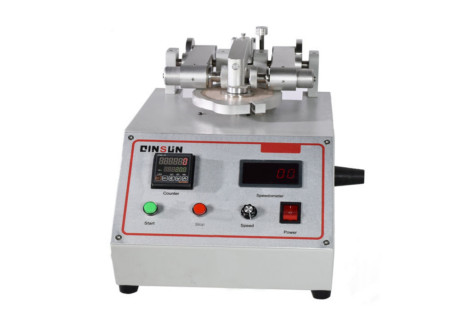- Qinsun Instruments Co., Ltd.
- Tell:+86-21-6780 0179
- Phone:+86-17740808215
- Address:No. 2578 Minhang District Gu Dai Road, Shanghai
- Contact:Mr. Li
- QQ:846490659
RF capacitive level gauge

1. Using the capacitance measurement principle, the external insulation layer can be insulated according to different media (such as polytetrafluoroethylene material with high temperature resistance, corrosion resistance, aging resistance and high chemical stability), and it is insulated from the measured liquid during normal operation. Be sure to protect the outer insulation layer of the probe wire during installation. Once damaged, it may lead to shortened use or installation failure. After the installation of the probe wire is completed, when it is fully immersed in the liquid, the insulation resistance between the probe wire and the liquid (or the outer wall of the metal container) should be greater than 20M (measured with a digital multimeter of 20M). When measuring the insulation resistance of the star, the connection between the probe wire and the transmitter should be temporarily disconnected.
2. When installing the radio frequency capacitive level gauge outdoors, the probe wire should not be exposed outside the container to avoid measurement errors caused by water contact on rainy days.
3. The stainless steel process connection components on the outer shell or lower part of the junction box of the RF capacitive level gauge must be reliably connected to the outer wall of the container (grounded), and their contact resistance cannot exceed 2.
4. In normal operation, the probe wire should not have a significant oscillation amplitude inside the container, otherwise signal instability may occur.
5. When installing the probe, it should be kept as far away from the inner wall of the container as possible, and the small distance should not be less than 100mm. When limited by conditions and the distance is less than 100mm, the distance between the probe and the container must be relatively fixed
6. For single wire soft probes, the excess part can be cut off by pulling out the upper end of the process connector, and then tightening the deposit bolt. For twisted pair probes, the excess part can be coiled above the measured liquid level, and it is not allowed to coil the excess part at the bottom of the container or the effective measurement section.
7. When there is stirring or liquid in the container that may produce a large number of bubbles, in order to protect the probe line and avoid liquid fluctuations and false liquid levels caused by bubbles, a metal or non-metallic tube with an inner diameter of>80mm can be installed inside the container. The lower end of the tube should have an opening for liquid inlet, and a drainage hole should be left below the liquid level. When using a metal tube, the position of the probe line inside the tube should be ensured to be quite stable. If necessary, the probe line should be supported and straightened.





